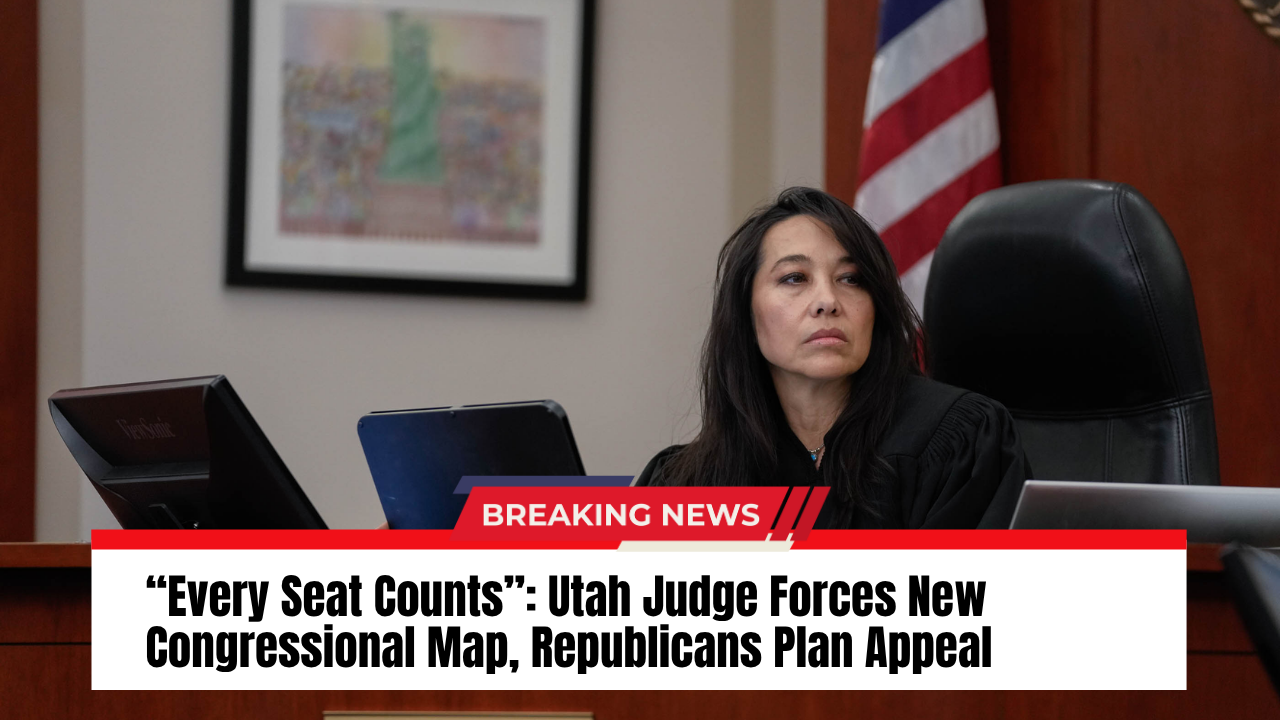A landmark decision by Dianna Gibson, a judge in Utah’s Third District Court, has upended the state’s congressional boundaries when she rejected the map drawn by the Republican-led Legislature and installed the plaintiffs’ alternative for the 2026 elections.
Voters Celebrate, Republicans Cry Judicial Overreach
Supporters of the 2018 ballot initiative Proposition 4, which banned partisan gerrymandering, hailed Gibson’s ruling as the outcome of years of effort. “You proved … we can overcome even the strongest opposition,” said Better Boundaries executive director Elizabeth Rasmussen. Meanwhile, Utah GOP Chairman Rob Axson condemned the ruling as “the arrogance of a judge playing king from the bench.”
What the Ruling Found
In her 89-page decision, Judge Gibson concluded the Legislature’s map was an “extreme partisan outlier” — more favorable to Republicans than over 99% of neutral simulations — and plainly violated the voter-approved standards of Proposition 4. She selected the plaintiffs’ submitted map, which ensures one Democratic-leaning congressional district in Utah for the first time in decades.
Political Fallout and Next Steps
Republican leaders, including House Speaker Mike Schultz and Senate President Stuart Adams, lambasted the decision, arguing the court overstepped its role. Governor Spencer Cox expressed support for an appeal. Meanwhile, Democrats and voting-rights groups view the map as a historic shift in Utah’s political landscape.
Why This Matters
The new map could create a viable path for a Democratic congressional winner in a state long dominated by Republicans. With the 2026 midterms looming, control of the U.S. House may hinge on battlegrounds like Utah. National groups watching redistricting battles across the country see this as a precedent for voter-dominated reform.



